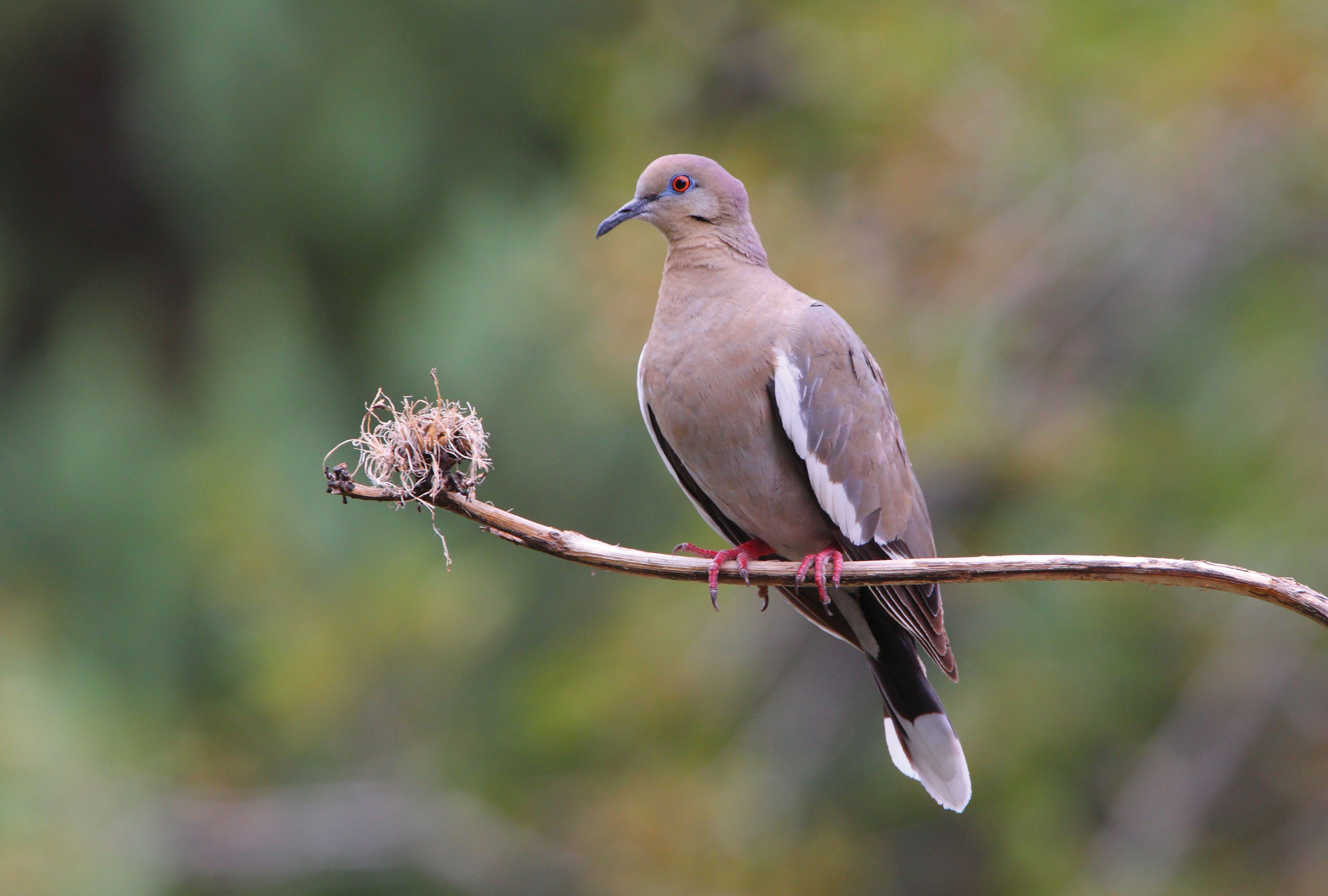For many Texans, September represents two things: the return of college football and the start of dove season. The former often watched before, after, or, thanks to today’s technology, even during the latter. Dove hunting season is ingrained not only culturally but also economically. According to a 2016 Texas Parks & Wildlife press report, direct expenditures and taxes from dove hunting contributes over $400 million to the Texas economy. Many small Texas towns count on hunting season to sustain local businesses, restaurants, and hotels. This year, in the wake of Hurricane Harvey, that economic impact is already being felt. In a KXAN report on a dove season this year that is “nowhere close to normal”, Shaun Oldenburger with Texas Parks & Wildlife (TPWD) notes that while Harvey may have pushed coastal and southeast Texas doves towards Central Texas, south and west, it’s also kept hunters away as many deal with being affected by the flood personally, as well as helping friends and families. As reported by KXAN, “Oldenburger is also hopeful, but not sure the season will get better. He says between 10 and 20 percent of the normal number of dove hunters took part in the opening weekend.” An economic impact that could be “devastating”.
The intertwined relationship between Texas and doves is undeniable. But what if it was the birds that disappeared, not the hunters? Today, it’s hard to remember a time when doves weren’t plentiful. But that was not always the case for one dove in particular – the White-winged Dove. According to the Cornell Lab of Ornithology’s All About Birds, “during the twentieth century, habitat loss and heavy hunting led to a serious drop in White-winged Dove populations in Texas—from as many as 12 million to fewer than 1 million by 1939.” TPWD puts the number of White-winged Doves in the Lower Rio Grande Valley (LRGV) at about 500,000 by 1939 due to “destruction of 90% of its critical nesting habitat through intensive agricultural farming and heaving hunting in the 1920s and 1930s.” At that time, “the average number of hunters that traditionally traveled to the LRGV was 35,000-40,000 each year.” That math isn’t pretty.
Today, however, according to TPWD, about 9 million White-winged Dove make their way across Texas during the winter. So, what brought them back? While habitat loss remains “sharply reduced” thanks to clearing land and fragmenting forests per All About Birds, it’s been a combination of White-winged Dove resilience and human conservation:
“…the doves seem to have found an expansive new habitat type to which they are well adapted—cities and towns, possibly because of backyard bird feeders, warm asphalt and concrete surfaces, and artificial heat sources. They have been expanding northward since the 1980s, offsetting their former decline. White-winged Doves are still hunted, but in 1971 Texas began requiring all hunters to buy White-winged Dove hunting stamps. The government sold 1.4 million stamps in the first 30 years, generating $8.4 million for White-winged Dove conservation.”
“Baiting” laws also play in a role in dove management which, for the most part, is about attracting dove for hunting. These laws prohibit using artificially distributed grain or other attractants to cause doves to alter their normal flight and feeding patterns. As we noted in our post on dove management, Keeping Your Coo: Dove Management in Texas, these laws can be complicated, but Texas A&M AgriLife Extension has a publication devoted to devoted to baiting laws and how to manage food for dove populations that goes into greater detail. Read Normal Agricultural Operations and Dove Hunting in Texas.
Hunting as a means of “conservation” can be a polarizing topic but, when it comes to the White-winged Dove, the economic impact of dove hunting is a $400 million dollar incentive to protect dove populations. And, culturally speaking, it means a lot to many in Texas and can also speak to human resilience. Scott Calvin, the firearms manager for Sportsman’s Finest in Austin, who said he knows many dove hunters either displaced from their homes or helping others affected by Harvey, noted this in the KXAN report, “Some of those folks will start taking a break, ‘hey, let’s go out and do a little dove hunting — let’s take some time off.”
We know those of you impacted by Hurricane Harvey have a long road ahead of you, but dove hunting season has just begun. For you hunters, we hope you can sneak in a day or two before the end of the season. For complete dates and details, visit TPWD’s 2017-2018 Dove Seasons & Regulations.
White-winged Dove photo, above, via Texas Parks and Wildlife.







